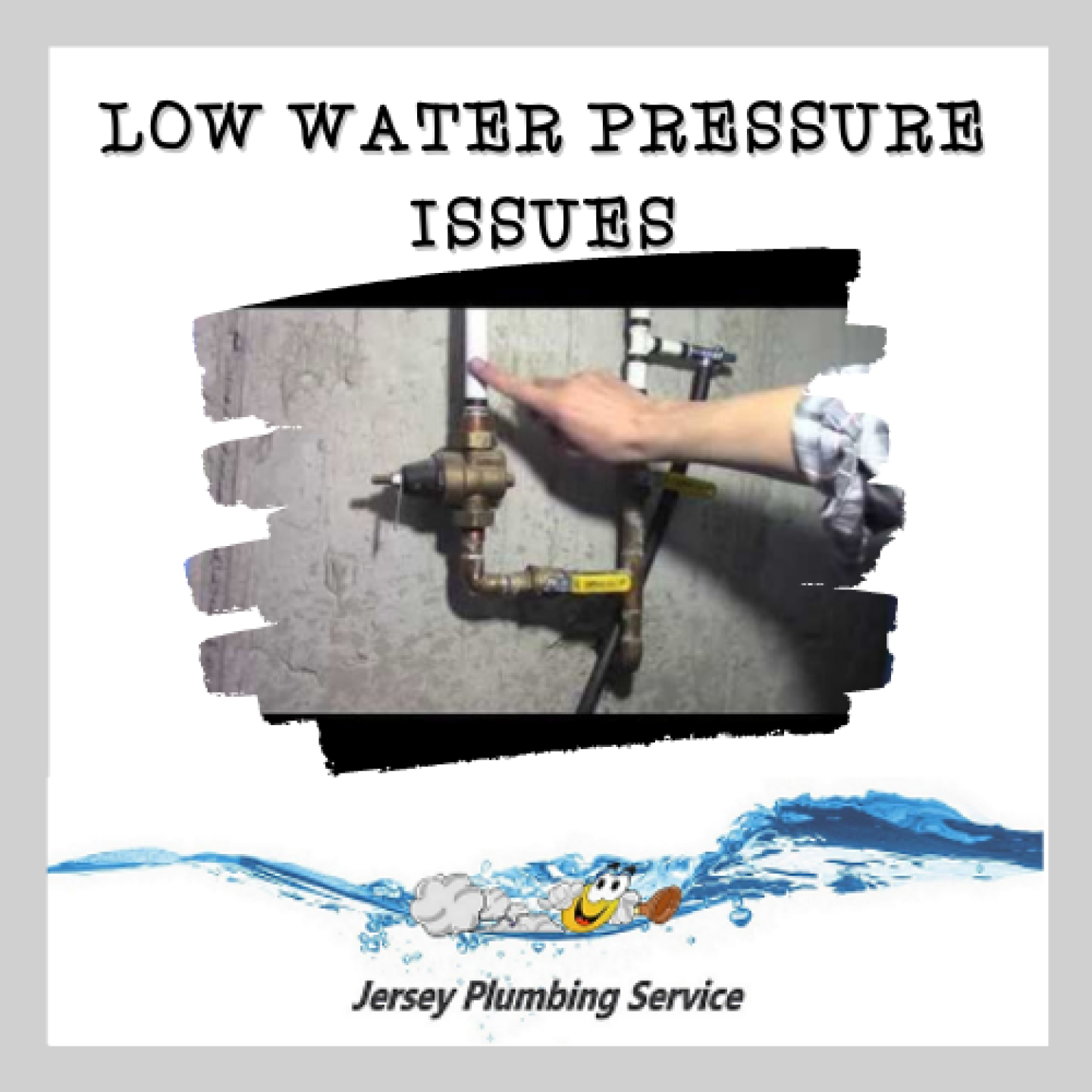If your water trickles out of the tap rather than gushes, this is a symptom of low water pressure. If you suddenly have no water pressure in the entire house, it can be due to a glitch in the water supply system, perhaps a broken water main several blocks away or by your own pressure regulator. You can call the water authority in your town to find out if there is a problem on their side; and a plumber to resolve issue on your side of the regulator.
Residential water pressure should ideally be in the range of 45 to 55 pounds per square inch (psi), up to 60psi on occasion. A psi reading under 40 is considered low, and a reading under 30 is far too low. In many homes the psi is set to 50psi for comfort. Checking your home's water pressure is a simple way to avoid costly water damage. Water pressure is measured in pounds per square inch (psi) and represents the force at which water enters your home from the water main. Too much pressure and pipes can be damaged from the force. Too little and everyday household tasks from showering to doing the laundry are nearly impossible to accomplish.
Other low water pressure tasks to check on:
If there is limited pressure from the showerhead or faucets, it maybe the result of sediment and mineral deposits. Use vinegar to clean the showerhead and faucets to clean the aerators. If necessary, replace the showerhead.
Sometimes simple problems like the shut-off valve being closed, which you would open, or a faucet being blocked can cause low water pressure. More serious issues like plumbing blockages or water leaks decrease water pressure, as well. If it is cleaning a showerhead or opening a partially closed valve, there are tasks you can do. For others, calling the professionals at Jersey Plumbing can resolve your low water pressure problems. Returning you household to enjoying hot showers, clean clothes and dishes with full water pressure is a pleasure all its own.


Recent Comments